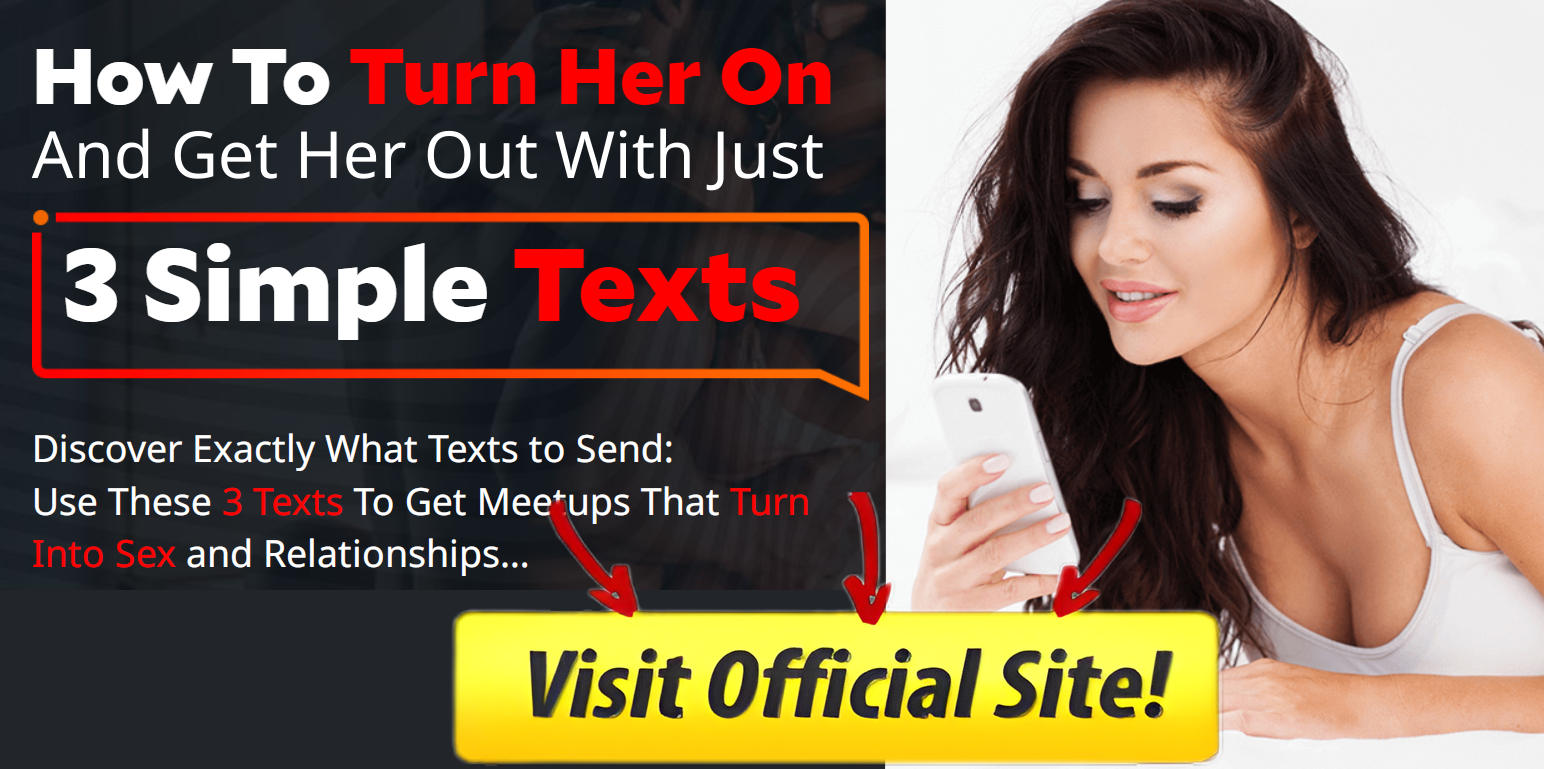What is the “Curiosity Gap” in “Magnetic Messaging by Bobby Rio and Rob Judge”?
The “Curiosity Gap” in “Magnetic Messaging” by Bobby Rio and Rob Judge is a psychological concept used to create intrigue and engagement in texting conversations. It refers to the practice of crafting messages that reveal just enough information to pique the other person’s interest, but not so much that their curiosity is fully satisfied. This approach leverages the natural human desire to fill in gaps in knowledge, making the other person eager to continue the conversation to find out more.
Key Elements of the Curiosity Gap:
- Creating Intrigue by Withholding Information:
- What It Means: Instead of giving away all the details in your message, you provide just enough to spark curiosity. The other person feels compelled to ask questions or engage further to get the full story.
- How to Use It: When sharing a story, making a statement, or asking a question, intentionally leave out some details to draw the other person in.
Example: Instead of saying, “I had the best weekend at the beach,” you might say, “You won’t believe what happened at the beach this weekend…” This leaves the other person wanting to know more.
- Teasing the Outcome:
- What It Means: Mentioning that something interesting or exciting happened but not revealing what it is creates a sense of anticipation. The other person’s curiosity will drive them to continue the conversation to find out the outcome.
- How to Use It: Drop hints or suggest that you have something intriguing to share but delay the reveal.
Example: “I’ve got a wild story from last night—but I’ll save it for later.” This creates a gap in their knowledge that they’ll want to close by continuing the interaction.
- Using Open Loops:
- What It Means: An open loop is when you start a story or conversation topic but leave it unfinished. The human brain naturally wants to complete loops, so the other person will be inclined to keep the conversation going to get closure.
- How to Use It: Begin a story or make a statement that naturally leads to more questions, but don’t immediately provide all the answers.
Example: “Something hilarious happened at work today… remind me to tell you about it!” This leaves the other person curious and eager to hear the rest.
- Posing Intriguing Questions:
- What It Means: Asking questions that require more than a simple yes or no answer can create a curiosity gap by prompting the other person to think and respond with more detail.
- How to Use It: Frame your questions in a way that encourages the other person to share more about themselves or their thoughts.
Example: “If you could only eat one food for the rest of your life, what would it be? I have a feeling your answer might surprise me…”
- Building Anticipation for Future Interaction:
- What It Means: The curiosity gap isn’t just about keeping the current conversation going; it’s also about creating anticipation for future interactions. By leaving certain topics open-ended, you give the other person a reason to look forward to the next time you talk.
- How to Use It: Mention something that will happen later or suggest a continuation of the conversation in person.
Example: “I have something I think you’ll love, but it’s better if I show you in person.” This kind of message builds anticipation for an upcoming meet-up.
Conclusion
The “Curiosity Gap” in “Magnetic Messaging” is a strategic way to keep the other person engaged and invested in the conversation by creating a sense of mystery and anticipation. By withholding just enough information to make them curious, you encourage them to continue the conversation and deepen their interest. This technique helps maintain a dynamic and exciting interaction, making the other person eager to find out more about you and what you have to say.

